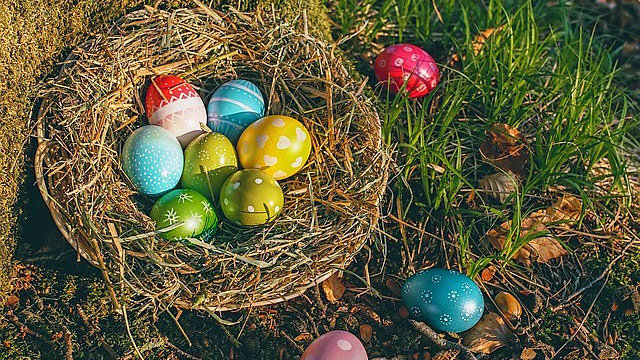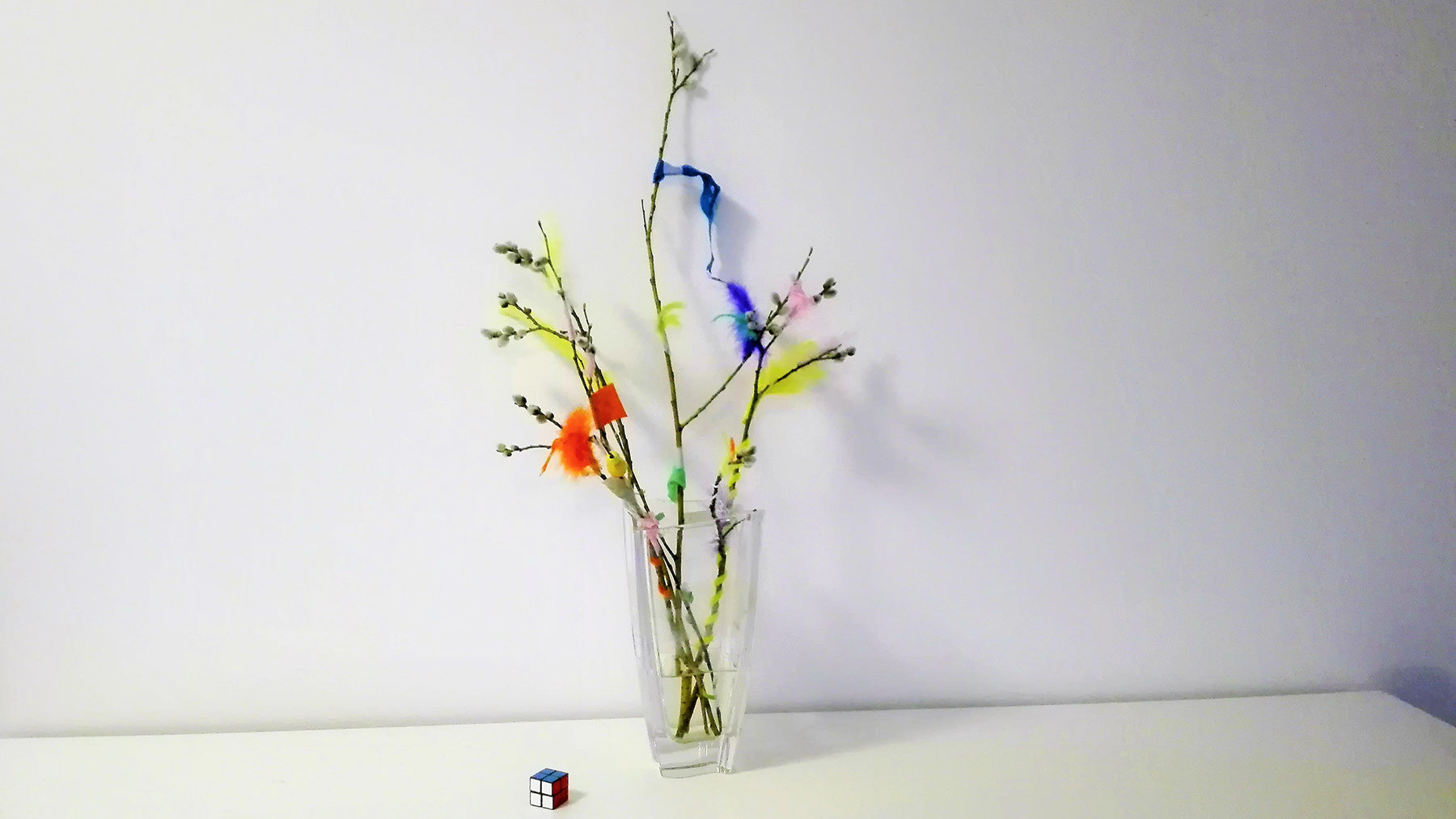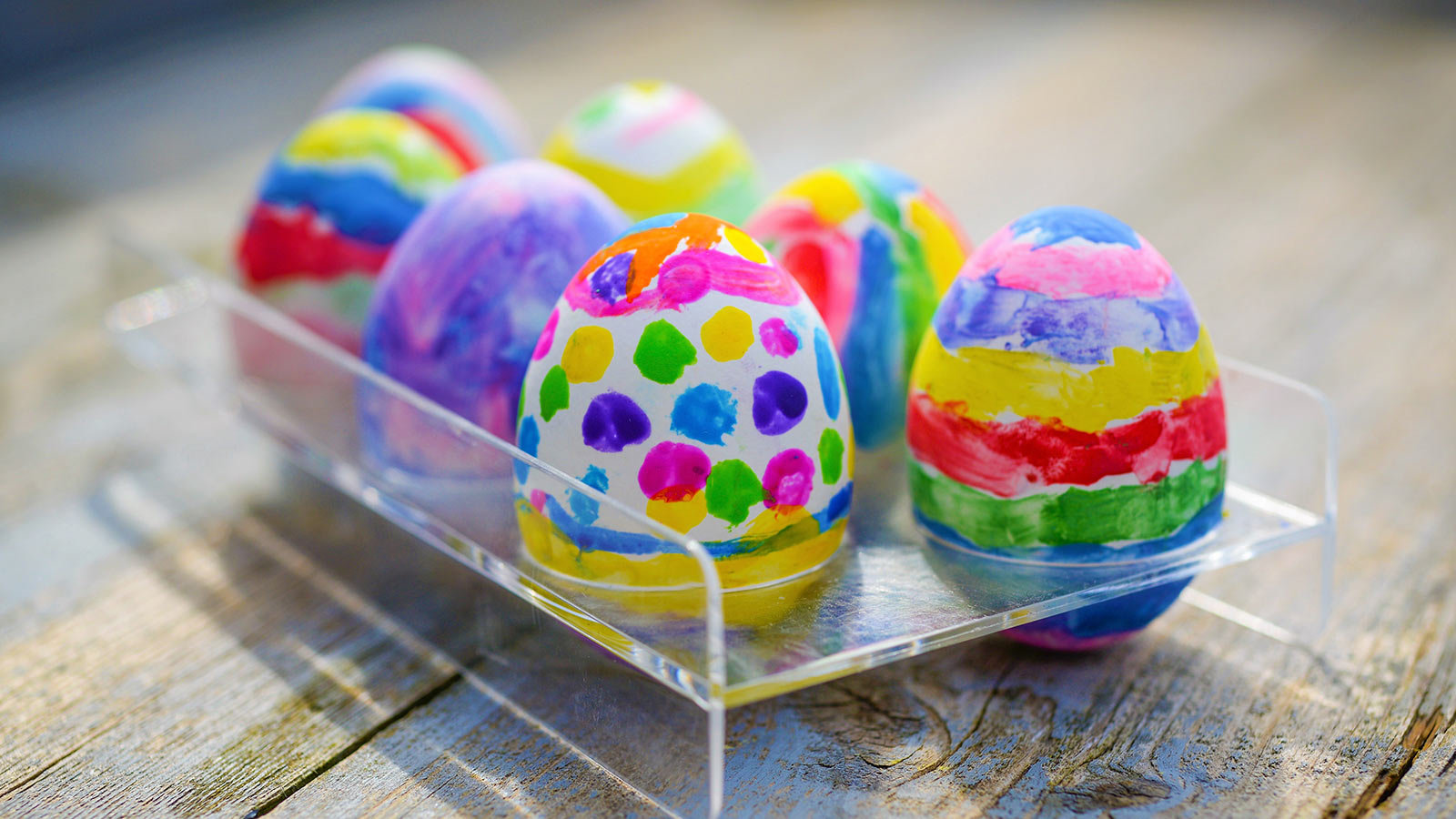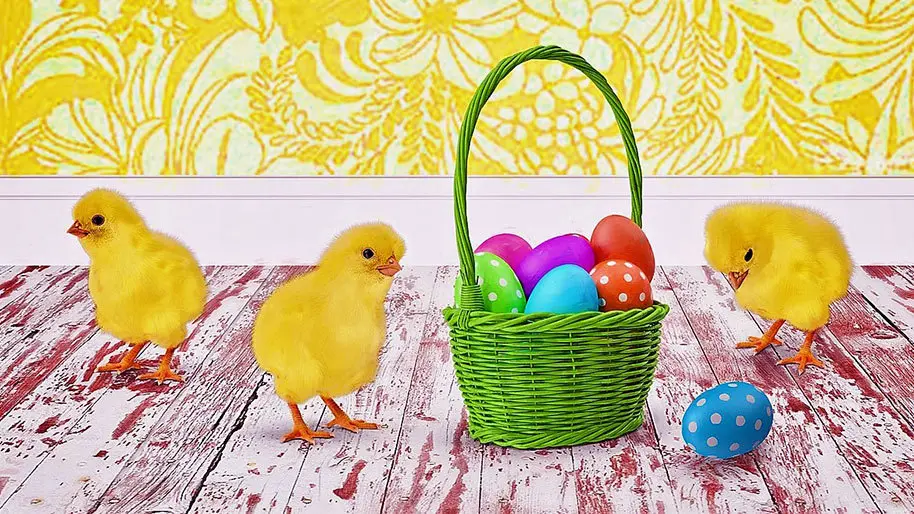Easter is nowadays a secular holiday for most Finns with both Good Friday and the following Monday being public holidays. However, this is also one of most important Christian holidays and as such is celebrated by part of the population, who mix age-old pagan rituals that celebrate the coming of spring with religious Christian beliefs.
The Evangelical-Lutheran Church is the main church of Finland, with most of Christian Finnish population being a member of this congregation. And even though only 1% of Christian Finns are parishioners of the Orthodox Church, this is the second religious body and has a substantial influence in Finnish Easter celebrations.
In recent years, the numbers of people attending the Easter night service at the Orthodox Churches are such, that the church has to give out tickets to its orthodox members as a way to guarantee their attendance.
This is because, not only orthodox Finns attend, but also some Lutherans and many tourists do as well, whom oftentimes outnumber the Orthodox members.

The actual Easter holiday is preceded by the 'Holy Week', which starts with Palm Sunday (a reference to the palms laid down when Jesus entered Jerusalem), where a number of religious services occur throughout, remembering the suffering and crucifixion of Christ, on every day of this week. And whereas the Orthodox focuses on Christs resurrection, Lutherans are more pious and emphasize Jesus’ pain and sacrifices.
This piousness resulted in many restrictions, particularly on Good Friday, when it was forbidden to visit friends, cook or work and multiple public amusements were closed by law, something that has been eased in more recent years.
Both churches use, however, willow twigs for the Palm Sunday blessings, considering that palms do not grow in Finland and willows are the only plant that flourishes during this time of the year here.
 A Finnish Easter 'palm'. Photo: Foreigner.fi hoto: Foreigner.fi.
A Finnish Easter 'palm'. Photo: Foreigner.fi hoto: Foreigner.fi.
The climax of Easter week is the very end when on Maundy Thursday Christians take part in the Holy Communion to commemorate the Last Supper. Then on Good Friday, Christ’s crucifixion, death and burial is remembered. And finally, Easter Sunday is a celebration of Jesus’ rise from the dead and the “triumph of love and light over darkness” is proclaimed.
The arrival of spring
For those not too keen on frequenting church services, there are also special passion plays that one can see on many Finnish city streets, that reconstruct the Easter events in Christs life, and that have become very popular in this country in recent years. There are also sacred music concerts that take place during the Holy Week, notably on Good Friday with Bach’s The Passion of St. Matthew and The Passion of St. John being the most attended ones of the entire holidays.
Easter Sunday is also when traditions mix and the arrival of spring is celebrated as well, as it brings shorter nights and longer days.
This brings us to a particular part of the traditional Easter celebrations in Finland, which has children plant grass seeds on shallow plates of dirt (known as Easter grass or rairuoho in Finnish) and putting birch twigs on water, a week before Easter Sunday, to watch them starting to grow by that day, as a symbol of rebirth of life brought on by springtime.
Another testament to this mixture of both pagan and Christian beliefs is the fact that, in Western Finland, for children of Lutheran families is customary to dress up as witches on Easter Saturday when it is (was) believed that evil spirits and witches (or Trulli as they are known here) were roaming about creating chaos. As a way to chase these evil creatures away, big bonfires were burnt and that custom is still practiced today albeit not as often as in olden times.
Easter food, desserts and candies
In Southeastern Finland, the tradition for Orthodox children is to go from door to door, on Palm Sunday, chanting a traditional rhyme*, with willow twigs they have decorated previously with colorful ribbons and feathers, to wish their neighbors and relatives good health and God’s blessings in exchange of candy or money.
This is often compared, specially by non-Finns, to Halloween. For Finnish children it is a very awaited holiday, seconded only by Christmas and birthdays. It is believed to be a blending of pre-Christian customs from Western Finland and Scandinavia with Orthodox Easter blessing rites from Eastern Finland.
 Packages of mämmi, for sale in a supermarket. Photo: Foreigner.fi
Packages of mämmi, for sale in a supermarket. Photo: Foreigner.fi
When it comes to food, Finland also has its Easter culinary traditions, the most famous or common ones being the roasted lamb with boiled, butter-glazed vegetables (or roasted) served as the main dish for Easter Sunday family meal and mämmi (a rye porridge pudding) served cold usually with cream and sugar as a dessert.
There are also other meat dishes served such as stews or mixed meats pot roasts, chicken dishes and smoked salmon or marinated or salted fish.
The desserts can also be: Pasha (or Paskha) which is a type of pudding made of eggs, cream, homemade sweetened cheese and seasonings left overnight to solidify. In Eastern Finland, principally, where the influence of Orthodox Church is more predominant, it is often put in a religious motifs decorated mould to make it a bit more special; pies with sweet quark filling, creamy mousses served with fruits and berries or cheese cakes and chocolate eggs are also very common.
Traditional decorations
When it comes to decorations, Finns adorn their homes with little chicks, roosters, bunnies and carefully decorated eggs all around their house, with the yellow color being the most prevalent. The preparation to the festivities and decorations begin just a few days before the Holy Week and children are particularly fond of this part of the holidays.

Considering that this is a secular holiday in Finland, as we previously stated, most shops are open during these days, but it is always better to confirm with the local groceries and stores as their schedules may vary from city to city or region to region.
So do you celebrate Easter in your country? And if yes, what are the main traditions you would like to share?
* Traditional Finnish rhyme for children on Palm Sunday: Virvon, varvon, tuoreeks terveeks, tulevaks vuodeks; vitsa sulle, palkka mulle! (which translates to “I wave a twig for a fresh and healthy year ahead; a twig for you, a treat for me!”).











